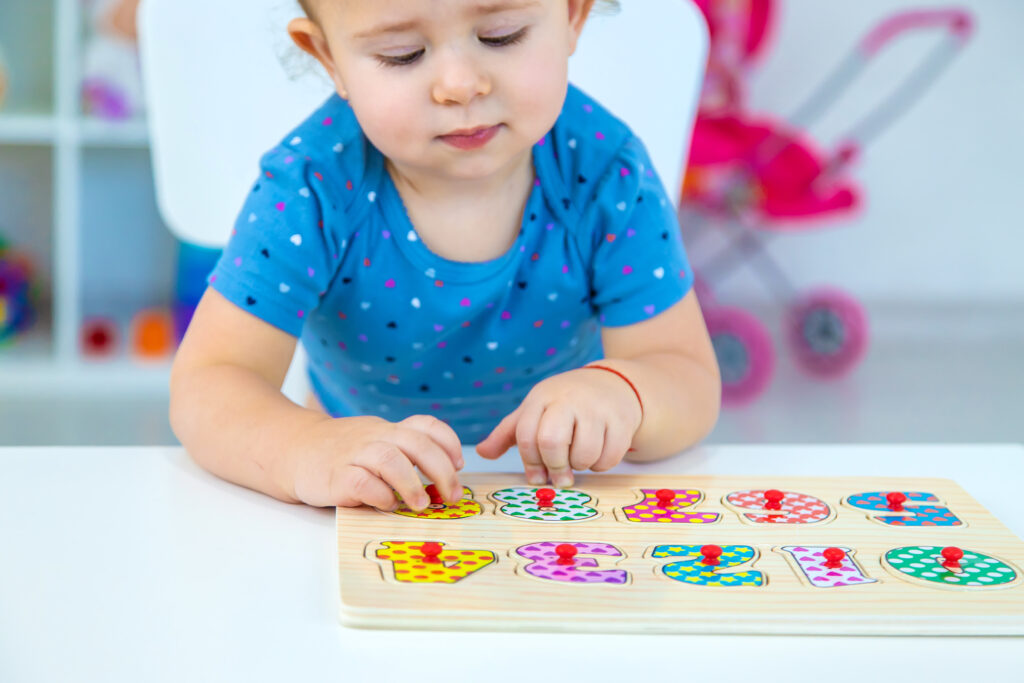Written by: Christelle Abdallah, Speech & Language Pathologist
Flexible thinking is just as important with very young children as other higher-level concepts. One area where children can begin to think flexibly is counting. It may seem that children learn to count in much the same way that they learn their alphabet: by simply repeating numbers by heart. However, when broken down, there are actually several distinct counting principles.

Success in mathematics begins with the development of the sense of numbers through counting and quantity. There are five long-established counting principles that children must learn in order to count well. These five counting principles are:
1- Stable order: the numbers must always be recited in the same order. Researchers find that from 2 – 3 years old, many children know a sequence of numbers as words that often contain errors, but have the ability to retain them through different recitations.
2- One-to-one correspondence: understanding when speaking the names of numbers in sequence, each object receives one count and only one count. One-to-one correspondence is important in the early years of mathematics because it is the foundation of counting. Research also suggests that mastering this principle is essential for organized and meaningful counting, leading to an eventual ability to perform higher-level calculations.
3- Cardinality: understanding that the last number spoken identifies the quantity for that set. A child who understands this concept will count a set once and not need to count it again. They will automatically remember and understand how many items are represented in that set.
4- Order irrelevance: understanding that the order in which the objects are counted is not important. It does not matter whether the counting is from left to right, from right to left, or from somewhere else, as long as every item in the collection is accounted for once only.
5- Abstraction: understanding that it does not matter what you count, how we count stays the same. The quantity of large items is the same count as a quantity of five small items, or a mixed group of five small and large things. This can include non-physical things such as sounds.
These five counting principles are part of a clear developmental progression. Children often learn to count without any direct instruction. However, many children do not learn the complexities of counting if they are not introduced to the ideas. If we are purposeful and explicit in our teaching, all children can learn to fully understand counting through play. By recognizing what they know, and determining what they need to know next, we can provide purposeful activities to strengthen and move their learning forward. We can do this by promoting curiosity through our conversations and encouraging a dialogue of discovery among children.
If you would feel your child may need help with the concepts of counting or mathematics, this is an area our Speech and Language Services offer. If you have more questions on this topic, feel free to call our center at 1820212 and ask to speak to anyone in our Speech and Language Therapy team in our CERC branch (Children’s Evaluative & Rehabilitation Center).